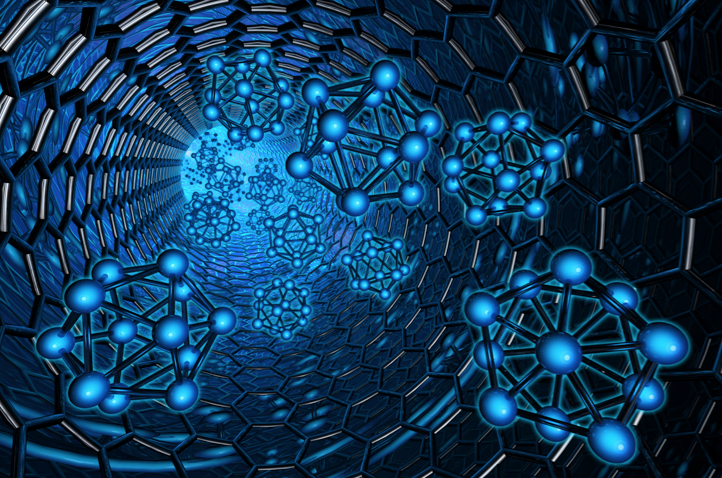The Tiny Particles That Will Change the World
Nanotechnology will be the reason why our clothes never get stained, our skin stops aging and medicine gets easily delivered to cancer patients. Nanotechnology can improve the quality of almost anything, and it seems like it will play a huge role in every aspect of our upcoming future.
By definition, nanotechnology is science, engineering and technology conducted at the nanoscale, which, according to the National Nanotechnology Initiative, is about 1 to 100 nanometers. Nanotechnology is currently observed through the use of specialized tools such as atomic force microscopes (AFM). These machines consist of a laser, mirror and cantilever, which all work together to produce an image of the surface of an object or even the particles of an atom. Although this machine is very precise and measures forces at the nanoscale, it is expensive and slow. Other nanotools include micelles and buckyballs, which are naturally occurring elements that have many applications in our everyday lives. Micelles are found in our detergents, paints and even cosmetics. Buckyballs can currently be used as filters, for hydrogen storage and to create nanotubes.
As we explore our current applications of these nanotools, we must consider how scientists will take these tools a step further in the future. There are many hopes for nanotechnology to revolutionize our world and make our lives more efficient than ever. What if there was a way to create indestructible body armor or slow the process of aging? Our lives would change so dramatically with nanotechnology, and while there are many positive effects to these inventions, we must also consider the negatives. Slowing down aging could increase life expectancy, leading to the earth becoming increasingly overpopulated. Our resources would become scarce, causing global hunger and conflict.
And although some of these ideas are far from our reach, others are much closer to becoming real. With the use of buckyballs, scientists will be able to make treatments more precise and local to the area of the cancer or illness. A machine known as a particle accelerator may be used to shrink tumors, clean water, design new drugs and even diagnose diseases.
In the future, nanotechnology will be everywhere. We will be exposed to it when wearing our favorite cotton sweater and applying cosmetics to our face in the morning. With the help of nanotechnology and nanotools, our world will be opened to a whole new market and millions of jobs will be created.
Acknowledgment: The author would like to thank Adam Kerzner for some of the information presented in this article.



